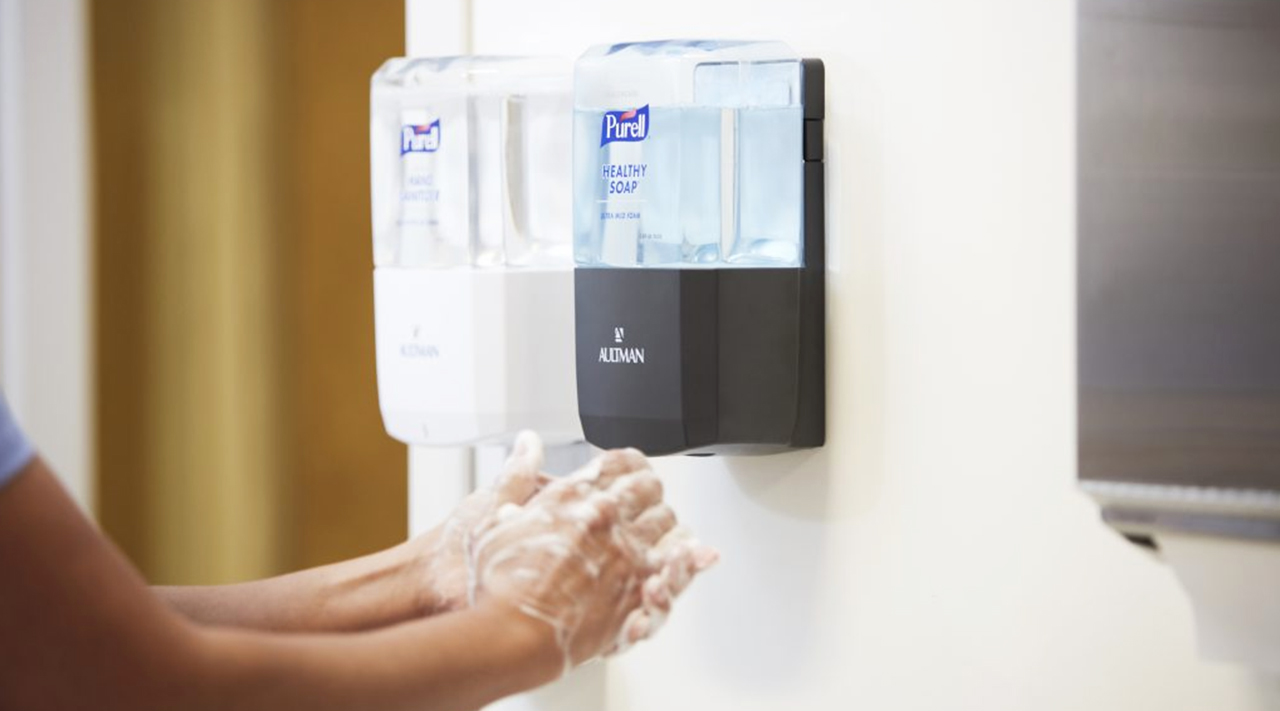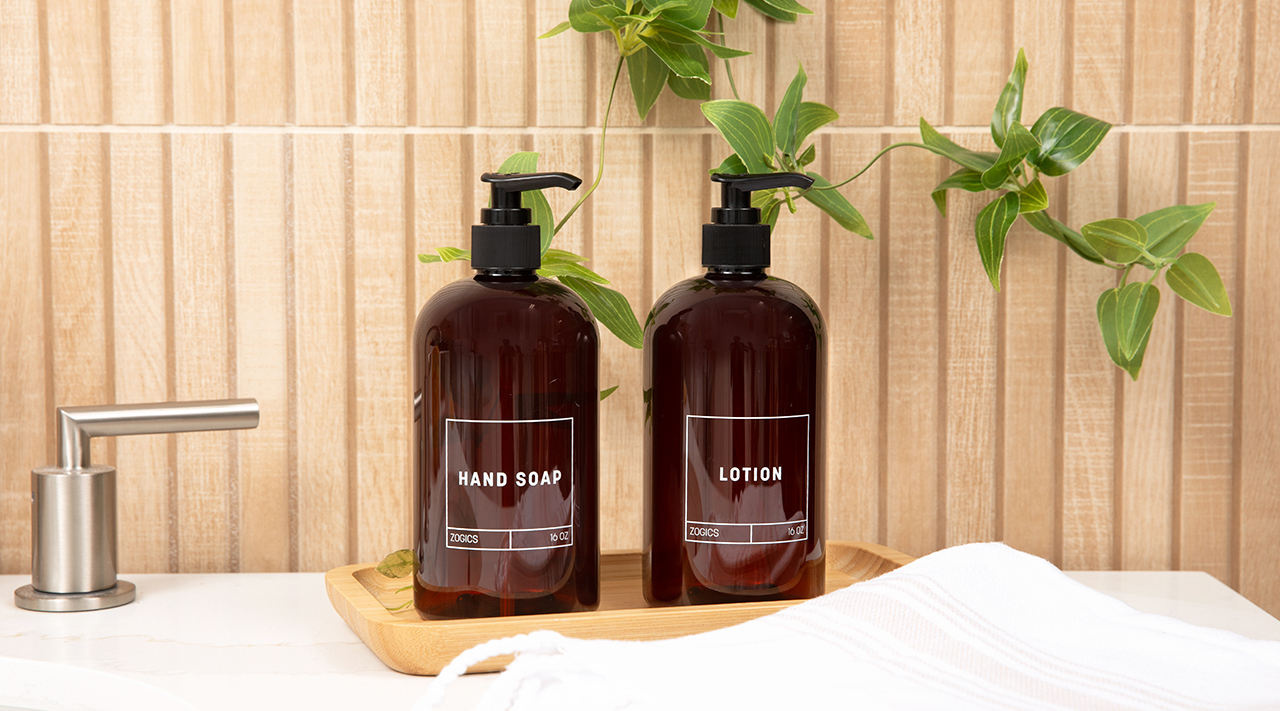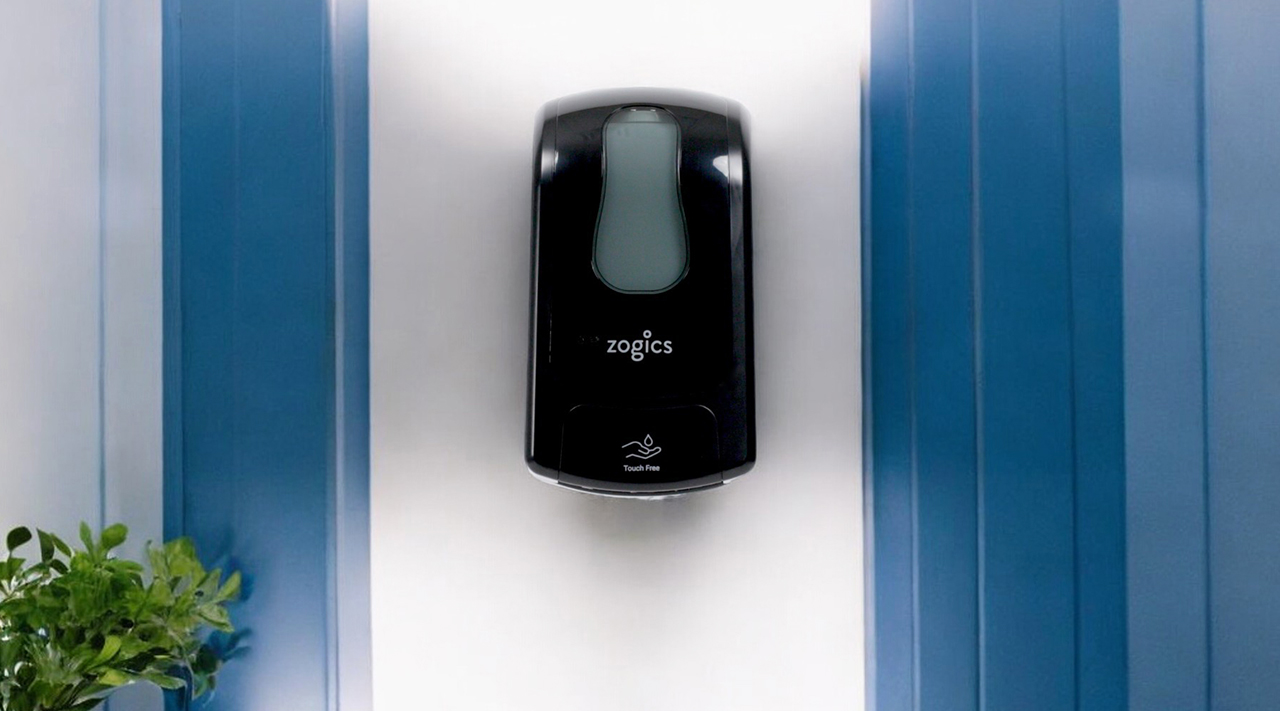Refilling a commercial soap dispenser is a crucial task for maintaining hygiene standards in various settings such as offices, restaurants, hospitals, and public restrooms. This guide will provide comprehensive instructions on refilling manual and automatic soap dispensers, discuss their types, highlight best maintenance practices, and address common troubleshooting issues. Additionally, we will consider the environmental impact of soap dispensers and answer frequently asked questions.

Types of Commercial Soap Dispensers
Understanding the different types of commercial soap dispensers is essential for effective maintenance and usage. According to Grand View Research, the global soap dispenser market size reached USD 1.40 billion in 2022. Here are the primary types:
Manual Soap Dispensers
Manual soap dispensers are common in public restrooms, schools, cafeterias, and restaurants. They require physical contact for operation, typically involving pressing a lever or button. These dispensers are valued for their robustness and reliability.
Automatic or Sensor Soap Dispensers
Automatic soap dispensers operate without physical contact. This touchless mechanism enhances hygiene by reducing the spread of germs through surface contact. The market for automatic soap dispensers is expected to reach USD 986.80 million by 2028, reflecting their increasing popularity in hotels and modern office spaces.
Foam Soap Dispensers
Foam soap dispensers are preferred by those who favor lather-based soaps. These dispensers offer a luxurious handwashing experience using foam soap compared to traditional liquid soap dispensers.
Preparing to Refill Your Soap Dispenser
Proper preparation ensures efficient refilling of your commercial soap dispenser. Follow these steps to ensure a smooth process:
- Gather your materials: commercial-grade liquid or foam soap refill, hand sanitizer, paper towels, damp cloth, and cleaning brush.
- Clean your hands with hand sanitizer to prevent contamination.
- Ensure your cleaning tools are readily available.
- Wear protective clothing, such as disposable gloves, especially when handling dispensers from high-traffic areas or healthcare facilities.
- Review the manufacturer’s instructions on the dispenser or its packaging to ensure correct and safe refilling.

Step-by-Step Guide: Refilling a Manual Soap Dispenser
Refilling a manual soap dispenser involves several straightforward steps:
- Gather your materials: soap refill, a clean cloth or towel, a bowl of warm water, and gloves.
- Put on protective gear to keep your hands clean.
- Check the soap level through the transparent section of the dispenser.
- Remove the top or open the lid, following the specific model’s instructions.
- Pour the soap carefully into the reservoir, avoiding overflow.
- Reassemble the dispenser and wipe off any spilled soap to maintain cleanliness.
Step-by-Step Guide: Refilling an Automatic Soap Dispenser
Refilling an automatic soap dispenser requires a few additional considerations:
- Remove the empty bottle by twisting it off gently.
- Ensure the new soap refill is compatible with your dispenser model.
- Attach the new bottle securely by twisting it until you feel resistance.
- Plug the dispenser back in and test it by placing your hand beneath the nozzle to ensure proper operation.
Troubleshooting Common Issues
Refilling commercial soap dispensers can sometimes present challenges. Here are common issues and their solutions:
Jammed Pump: A jammed pump can prevent soap from dispensing correctly. Rinse the pump thoroughly with warm water to dissolve any accumulated soap residue.
Overfilling Soap Dispenser: If the dispenser overflows, empty the excess soap immediately and clean up any spills to prevent slip hazards and ensure smooth operation.
Air Trapped Inside: Air trapped inside the dispenser can cause inconsistent soap dispensing. Press down several times on the pump after filling to release trapped air.
Faulty Sensor in Automatic Dispensers: Sensor malfunctions can occur due to grime buildup or electrical issues. Clean the sensor with a soft cloth or replace the batteries as needed.

Best Practices for Maintaining Your Soap Dispenser
Proper maintenance ensures the longevity and optimal functionality of your commercial soap dispenser:
- Regular Cleaning: Clean the dispenser nozzle and base regularly to prevent clogging and debris accumulation.
- Routine Inspections: Inspect the unit frequently for signs of potential problems, such as leaks or slow reaction times.
- Appropriate Soap Usage: Use soaps formulated specifically for your dispenser type to avoid damage.
- Timely Refills: Check the soap level consistently and refill as needed to prevent air pockets and ensure efficient operation.
The Environmental Impact of Soap Dispensers
Commercial soap dispensers have an environmental footprint that businesses must consider. Refillable dispensers reduce plastic waste and water consumption. Opting for soaps with biodegradable formulations can further minimize environmental harm. By adopting eco-friendly practices, businesses can contribute positively to environmental sustainability.
Frequently Asked Questions
Can You Refill a Foam Soap Dispenser With Regular Soap?
While possible, regular liquid soaps are denser and could clog the foaming mechanism. Dilute the liquid soap with water (1 part soap to 3 parts water) to use it in a foam dispenser, though it may not produce the same quality foam.
Why Would You Not Refill a Soap Dispenser?
Certain brands provide integrated soap cartridges that negate the need for manual refills. Environmental factors might also deter repetitive refilling if it involves numerous plastic bottles or non-biodegradable packages.
How Do You Fix a Commercial Soap Dispenser?
For manual dispensers, check for blockages and soak the pump in hot water to dissolve clogs. For automatic dispensers, clean the sensor or replace the batteries if necessary. If issues persist, consider professional servicing to maintain optimal functionality.



